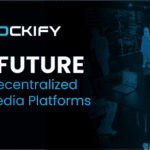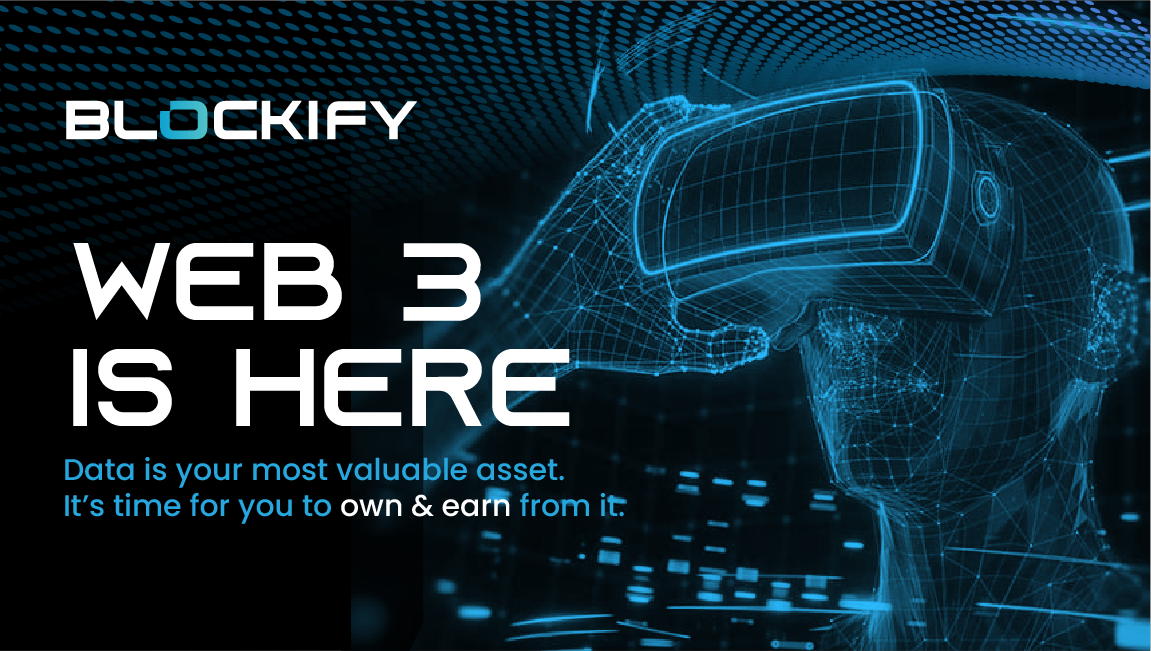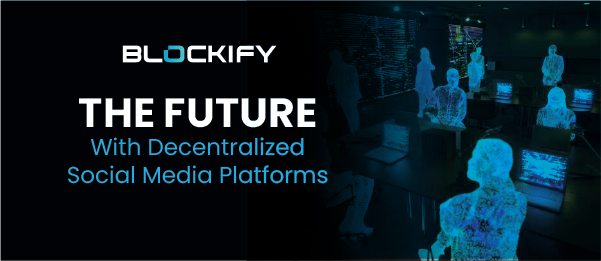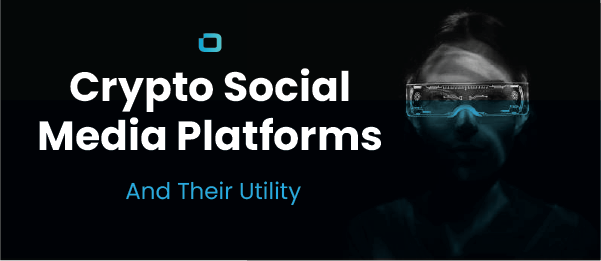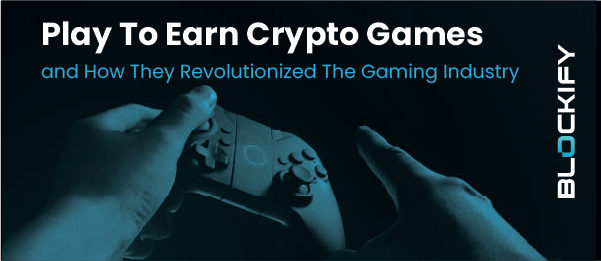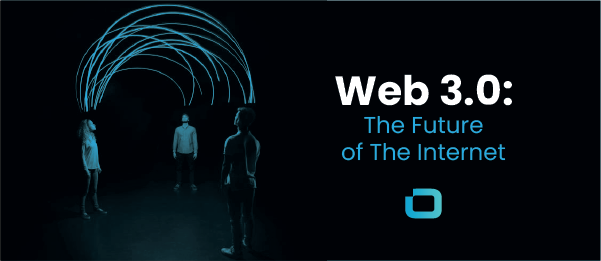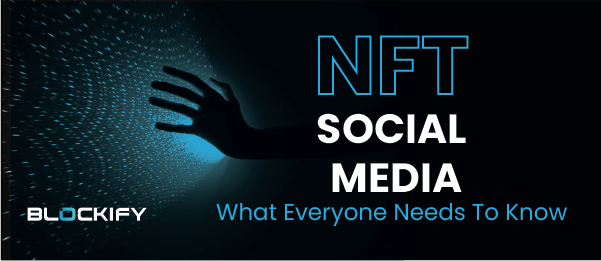

NFT Social Media: What Everyone Needs To Know
NFT Social Media is the future, and it has already been implemented and utilized by some platforms. Let’s go over what you need to know surrounding Social NFTs.
Social NFTs
Non-fungible tokens (NFTs) are unique tokens that can represent just about anything. Every single one of them is fully unique in its own way, and they have been a huge point of appeal for creatives that want to monetize their content.
Each creative was provided with the opportunity to essentially store the metadata, that they are the original creators, alongside their content, on top of blockchain technology, which could, later on, be sold for cryptocurrencies and would always serve as proof that it was the original creation from that specific creator.
However, over time, people started looking for different ways through which they could utilize NFT technology to appeal to a broader audience and bring an additional level of functionality as well as utility.
This is where NFT social media enters the big picture, and today, we are going to go over everything surrounding NFT Social Media.
What Is an NFT & How It Works?
Non-Fungible Tokens (NFTs) are a representation of one-of-a-kind tokens that have ownership recorded on top of the blockchain that they are mined on.
In other words, whenever someone normally uploads a file on the internet, such as an image, it can easily be copied and downloaded, and there is no definitive way to track who created and drew the image, for example, or where it was downloaded from.
Well, in the case of NFTs, the underlying metadata of each and every token features data that prevent it from being copied, reproduced, or duplicated. This is due to the fact that the NFT in question is the only token in existence that features the data of its original creator when it was created and the underlying blockchain on top of which it was minted. This is also linked to scarcity, where typically, there are only a few NFTs brought into existence in the form of a limited set or collection.


When it comes to how they work, they are individual tokens that feature valuable information, all of which is stored within them. Due to the fact that they hold the value that is set by the market and the demand, they can be bought or sold just like any other cryptocurrency; however, their unique data is how users can verify and validate the authenticity and ownership of the token.
What this means is that anyone can create an NFT by the process of minting it on a blockchain, where they record the data on the public ledger. Afterward, they can transfer the NFT from one cryptocurrency wallet to another, and the NFT will carry with it all of its underlying data.
NFT & Social Media
Decentralized social media platforms have played a huge role in the overall popularity as well as utility surrounding NFTs.
Social tokens are fungible, and each one of them is the same. What this means is that they typically have the same privileges and benefits associated with them.
However, social NFTs can be completely unique, so every holder of the cryptocurrency gains access to something a little bit different. Due to their level of access and utility, these tokens can be perceived as investments in the future of social media. As their popularity rises, so will the value of the cryptocurrencies.
Social NFTs are typically attached to the creator as well, which can also influence their value.
Here is another way through which we can look at social NFTs. These are NFTs that can provide specific holders access to specific channels on top of a social media network; think of it like a private chat, where the NFT is the exclusive ticket that provides access to networking opportunities.
Additionally, these NFTs can also carry some weight in terms of the influence over decision-making processes that occur on top of the network, such as the organization of specific events or even the future development of the platform in question.
There are countless use cases of NFTs on top of social media. However, one of the most common use-cases today is in personalization, as every single person that owns an NFT can essentially post it on their profile picture spot, where they signal to the rest of the network that they are a part of the specific community that the collection in question is composed of.
This can get them tagged or added to specific events, ultimately making them feel like they are a part of something bigger. This makes each individual user feel like they are a part of a much bigger community whenever they purchase and add a new NFT within their collection, where they can attend virtual social events and socialize on the social media networks they utilize, simply due to the fact that they have purchased the NFT required to do so, which adds to its level of exclusivity, utility, appeal, and ultimately, its value.
One of the most popular NFT collections where this can be seen is the Bored Ape Yacht Club.


Source: Bored Ape Yacht Club Page
How Do Social Media Platforms Promote NFTs?
- Social media platforms are a representation of locations where creatives can reach out to a broader community and inform them about a specific NFT collection that they are working on.
- Social media platforms are essentially the common ground that can connect a buyer, a seller, and a mediator for the sale of an NFT, and this can be seen similarly to that of a consumer and a brand connecting through a specific channel.
- As a means of supporting the popularity as well as sales of NFTs, there are numerous online platforms and marketplaces which have been developed, such as OpenSea, Rarible, and others, all of which have been shared across social media channels.
- Digital art, which is showcased to have grown, and is a point of appeal among users of the platform, can have a substantially higher chance of increasing in value and be a considered purchase by social media users.
What Kinds of NFTs Are There?
- Profile Pictures and Avatars
- One-of-One Artworks
- Generative Art NFTs
- Collectibles
- Photography-Based NFTs
- Music-Based NFTs
- Gamified NFTs
- Big Sport Moments
- GIFs NFTs
- Domain Names
- Virtual Fashion NFTs
The Future for Social Media Platform
Social media platforms will likely evolve in the way through which they utilize Non-Fungible Tokens (NFTs), as this is an ever-growing and ever-evolving technology.
One of the key issues currently that has arisen across social media channels has to do with fake profiles, where the true identities behind specific people get copied and get reused.
You can think of this as someone making a profile on Facebook or Twitter with your name or our profile picture and pretending they are indeed you.
By uploading an image of yourself, for example, that has the metadata associated with your identity within it, and if this image were to somehow get implemented on the social media platform in a way that would be easily and publicly visible, anyone could easily check who the real “you” actually is out of all of the search results.


Twitter Example from profile Devin Finzer (dfinzer.eth) @dfinzer
Furthermore, social media platforms also have a reputation due to the fact that they are utilized to host live streams or specific events. By having NFTs thrown into the mix, event organizers can essentially let their audience reserve spots, where each NFT is a representation of their virtual seat within the virtual event.
This way, they can prevent overflooding the event with visitors who have not signed up and are just “crashing” the presentation, and this also allows them to have a clear log as to who participated.
Social media platforms can also gain a lot of advantages from NFTs in a way through which they can allow the creative users of their platforms to monetize directly on them.
For example, if someone were to create a page on Facebook or a Business profile on Instagram, they would receive revenue for their content from the advertisements that are showcased to run on top of it.
However, through being able to sell their content directly in the form of an NFT, instead of going to secondary marketplaces such as the aforementioned OpenSea and Rarible marketplaces, they can directly make cryptocurrencies and earn a living just by utilizing the social media platform.
Additionally, the current state of social media channels is typically centralized. This means that a single company can control anything that occurs on top of their network and can also control what people can post and how much they can earn from NFTs.
The future of social media is decentralized, where no central entity can control it. Take Blockify crypto as an example. This would be a network that is fully based on blockchain technology and where miners or nodes that are spread across a global scale are responsible for the maintenance of the platform, where they are rewarded in the form of a specific cryptocurrency generated from the fees that occur on top of the network for their efforts.

